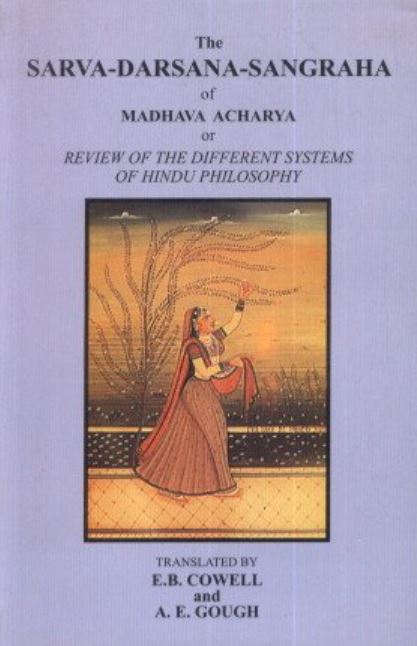Yoga is generally understood as means, methods, and techniques.‘Sage Vyasa’s says “Yogena yogo jnatavya yogo yogat pravartate” i.e. Yoga should be known through yoga as yoga arise from Yoga. This explains Yoga as an end goal – ‘Sadhya’ and also as a ‘Sadhana’ – the means to achieve that goal. Let us find out what Yoga Darshana means.
Yoga is one of sixteen systems or darshanas of Sanatana Dharma or Eternal Dharma known as Hinduism.
The 14th century Philosopher, Scholar, Yogi and head of the Sringeri Math – Vidyaranya or Madhavacharya listed these 16th systems in his book – Sarva Darshana Sangraha which literally means compilation of all the systems of Hindu Dharma.
The 16 darshanas of Hindu Philosophy
As listed in the Sarva Darshan Sangraha of Madhavacharya or Vidyaranya , the 14th Century Indian Philosopher, Scholar and head of Sringeri Math in South India, these philosophical systems include
- Chārvāka system of Brihastpati or the materialistic system.
- Buddhism of Gautama Buddha
- Jainism of Mahaveera
- Ramanuja System or Sri Vaishnavism of Ramanuja
- Purna-Prajña Darsana or Tatva-vaada or Dvaita Vedanta of Madhavacharya
- Nakulisa-Paśupata Shaivism also known as Lakulisa
- Shaivism
- Pratyabhijña of Kashmir (Kashmir Shaivism) or Recognitive System
- Raseśvara or Mercurial System
- Vaisheshika of Maharshi Kanada
- Nyaya
- Jaimini or Purva Mimansa
- Pāṇiniya system of Grammar of Panini
- Samkhya of Kapila
- Patanjala or Yoga Maharshi Patanjali
- Uttar Mimansa or Vedanta of Adi Shankara
These systems when arranged from the Vedanta Point of View form a gradually ascending scale. The first Charvaka and Baudhha are the farthest from Vedanta. And the last Sankhya and Yoga are almost approaching Vedanta.
The three worldviews
There are three worldviews in essence encompassing the religio-philosophical systems. These are…
1. Charvaka or the Materialistics worldview
The first is that of the Charvaka or the materialistic worldview which has some similarity with the Buddhist view that there is no universal essence, No unchanging or eternal principle, It denies the existence of God and Soul.As matter takes central stage in this way of life, maximum importance is given to material objects and worldly possessions which become the greatest source of satisfaction or dissatisfaction.
For the Buddhist everything is momentary and transients in nature. Two subsequent moments come together to create an illusion of continuity. Just like when a fire artists creates circles of fire though in reality it’s just a ball of fire moving continuously appearing as a circle.
2. The worldview of God
The second view is that God is somewhere out there in heaven. Individuals donot have direct acces to Him and He only accessible through centralised institutions. And that God acted at a particular time in history, at a particular place and through his messengers gave the instructions for others to follow. He made man the master and asked him to subdue nature.
3. The Hindu worldview of Darshana
And the third is the Hindu worldview, that of Yoga, of the Vedas, the Upanishads, Advaita and Tantra where there is no external God, but a singular principle which permeates all diversity. Where every form of nature is sacred and is the manifestation of that singular divine essence. And that Human beings have the intelligence to experience this essence. Where every one of us is potentially divine and can access this divinity through sincere practice of Yoga. Where the ultimate goal of life is to realise this divine potential by controlling nature both external and internal.
